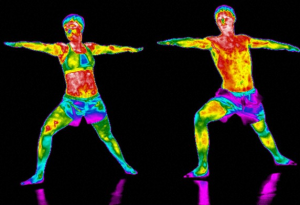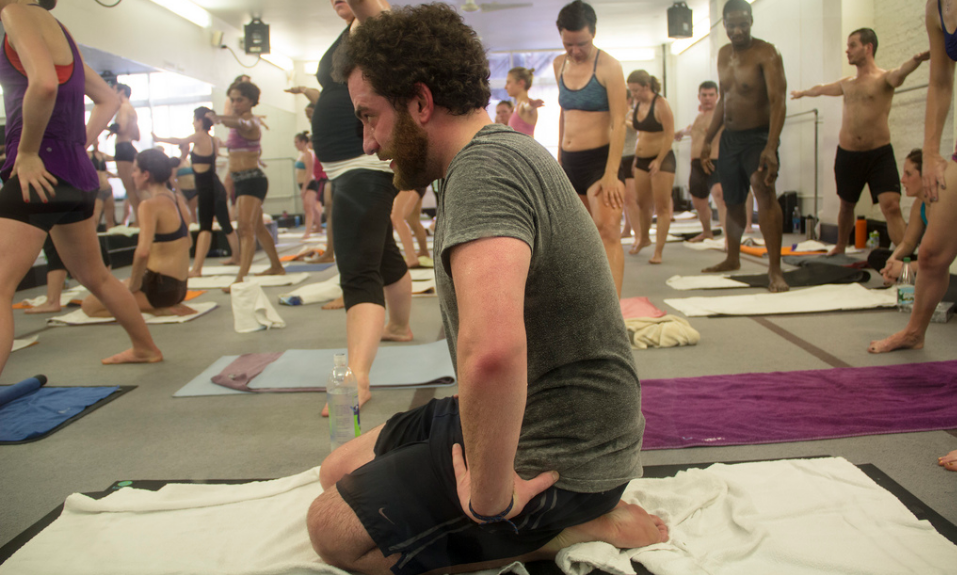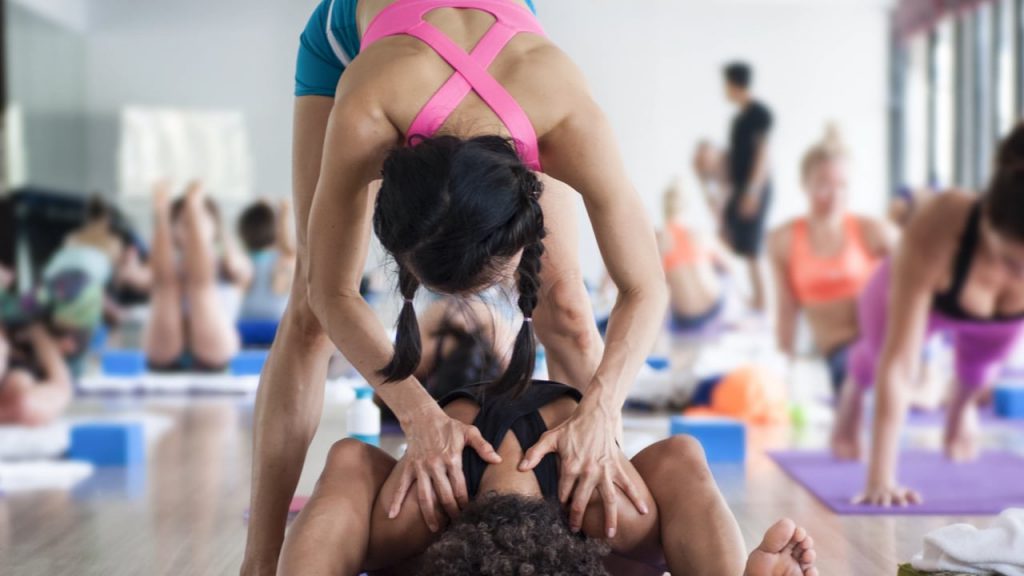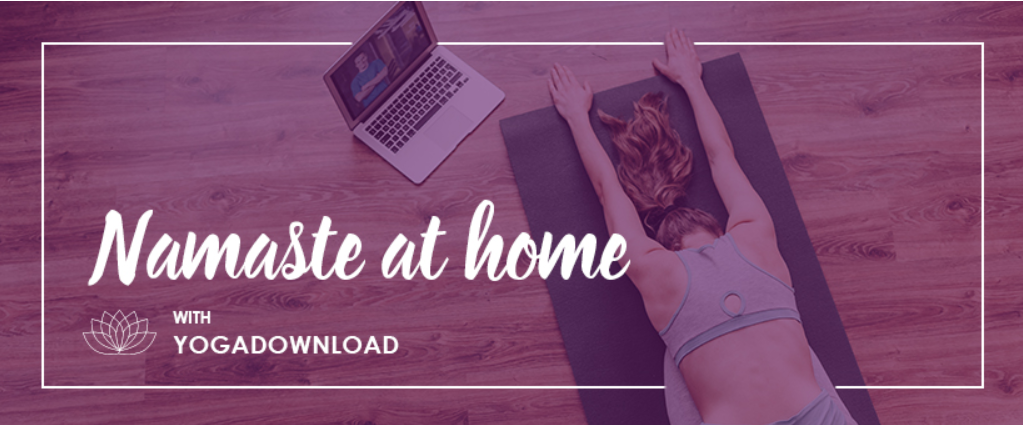
It might be surprising to learn that your body has always known how to heal your lower back pain by using the energy your muscles naturally create when practicing yoga. This energy, in the form of heat, can be used to release tension in your lower back by warming up your core body temperature and increasing blood flow to your muscles. Adding more heat by practicing in a hot yoga studio might be able to let your body go deeper into poses than ever before, but how much heat is too much? And is hot yoga dangerous?
Why is Yoga so Hot?
No matter what type of yoga you are practicing, from calming restorative yoga to high-intensity vinyasa yoga, one thing is certain – if you are trying to advance in your practice your muscles are going to burn at some point along the way. If you are a complete beginner to yoga then you might even actively avoid your practice because of how sore your muscles always seem to be.

During your practice the chemical reactions that are happening on a cellular level within your muscles cause energy to build up and be released in the form of heat throughout your body. Since many styles of yoga incorporate holding static postures that commonly use multiple muscle groups, your core body temperature can rise very quickly from all of the heat your muscles are generating.
Of course, everyone is different, and what might make one person’s muscles burn and cause them to sweat profusely could be a relaxing stretch for someone else.
The goal isn’t to see how much you can sweat or how bad you can make your muscles burn, it’s to find a place where you are comfortable being uncomfortable. I like to call this your ‘edge’ – the place where you are uncomfortable but you know it’s only going to make you stronger.
If you’ve been practicing yoga for a while then you might eventually start to feel the burn in your muscles fade away while in postures that used to cause you difficulty. When things start to get easier just remember there is always somewhere new you can take your practice to continue building heat in your muscles.
Is Hot Yoga Dangerous?
One of the most popular styles of yoga today involves practicing in a heated room that can get up to around 100 degrees. Add to that the heat your body is releasing into the room, and the heat that all of the other bodies in the room are releasing, and your core body temperature could increase dramatically.

As your body heat rises you will most likely start to sweat, even if you’re someone who usually doesn’t sweat during yoga, because when the heat in your body tries to release like it usually does, there’s nowhere for it to go since the room around you is just as hot.
Once you begin to sweat, the heat is trapped in the air and the room can get very humid depending on the amount of other people you are practicing with. If you are new to yoga, or are unsure about how your body reacts when working out in a heated room, start slow and only increase the intensity when your body is ready.
You will also want to be mindful of a couple things to avoid injury when practicing in a heated environment – the increased flexibility that you’ll have as well as the amount of water you are losing from your body.
Increased Flexibility
When your muscles and joints are being warmed internally by your own body and externally by the hot room you might find that you are much looser than normal and that you are able to go deeper into some poses.
It is important to note that even though your muscles and joints are more flexible, you shouldn’t overstretch them. If you are constantly practicing poses that stretch your joints further than usual with the help of the heat then it is possible that you could go further than your body can handle and injure yourself.
Instead of trying to stretch further than your body can handle, use the increased flexibility to improve your alignment. The more you are able to align your body in certain poses the better things like balance and posture will become.

Releasing Toxins
Although you will most likely sweat more than you ever have before during a hot yoga class, you aren’t releasing toxins from your body the way you might think.
Most of what you sweat is just water so it is important to always drink enough water before, during, and after your practice. Your body rids toxins mostly through your liver and kidneys so drinking enough water is not only crucial in avoiding dehydration and heat exhaustion, the more water you drink the more efficient your liver and kidneys become at cleansing your body.
How to Heal Lower Back Pain with Hot Yoga
When practiced safely, hot yoga can help heal chronic lower back conditions such as sciatica much faster by allowing your body to move in ways that aren’t usually accessible. Finding your edge and then constantly trying to improve your alignment and core strength while holding certain yoga poses will start to relieve your lower back pain.
Since the majority of the yoga studios where I live are heated, I have been practicing hot yoga for the past few months and have been able to drastically improve the pain in my lower back using the added heat from the room. Although not my favorite type of yoga because I don’t need any additional heat other than what I create in my own body to make me sweat profusely, after I eat and shower I feel better than ever after a hot yoga class.
No matter what style of yoga that works for you, starting a regular practice is the fastest way to start reliving chronic low back pain. Consistently stretching and building strength in your muscles while realigning your spine will allow your body to feel better and better each day.
What are your thoughts about healing your lower back pain with hot yoga?
Stick With It!


